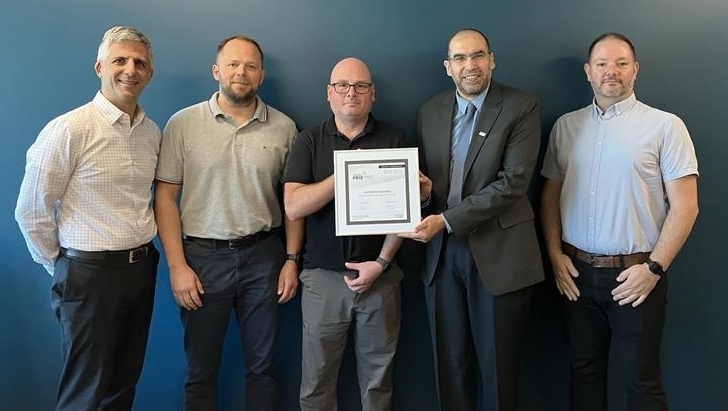Prioritizing employee safety
For Abel Costa, manager of construction and facilities safety in EHS, the CNESST’s recognition is further proof that the project’s cross-collaborative approach encouraged team members to think outside of the box.
Throughout the project, he worked closely with Ehab Shehata, coordinator in Facilities Management, to develop a solution that helped facilitate the ease with which safety guards could be removed and reinstalled and ensure operational efficiency.
“We aimed to create a work environment that prioritizes employee safety,” Costa says. “Now, we can carry out routine maintenance without having to deal with the complexities and difficulties in removing and replacing the guards.”
He also notes that the initiative can serve as a model for other organizations and institutions.
“This solution can be applied in any workplace that has elevator machine rooms or other big equipment. We hope its impact can extend far beyond the walls at Concordia,” Costa says.
Learn more about Concordia Facilities.
 From left: Pietro Gasparrini and Abel Costa (EHS); Paul Blouin (Facilities Management); Richard Fontaine (CNESST); and Geoffroy Allard (Facilities Management).
From left: Pietro Gasparrini and Abel Costa (EHS); Paul Blouin (Facilities Management); Richard Fontaine (CNESST); and Geoffroy Allard (Facilities Management).
 Ehab Shehata
Ehab Shehata